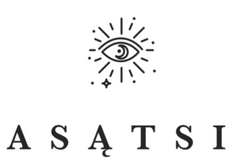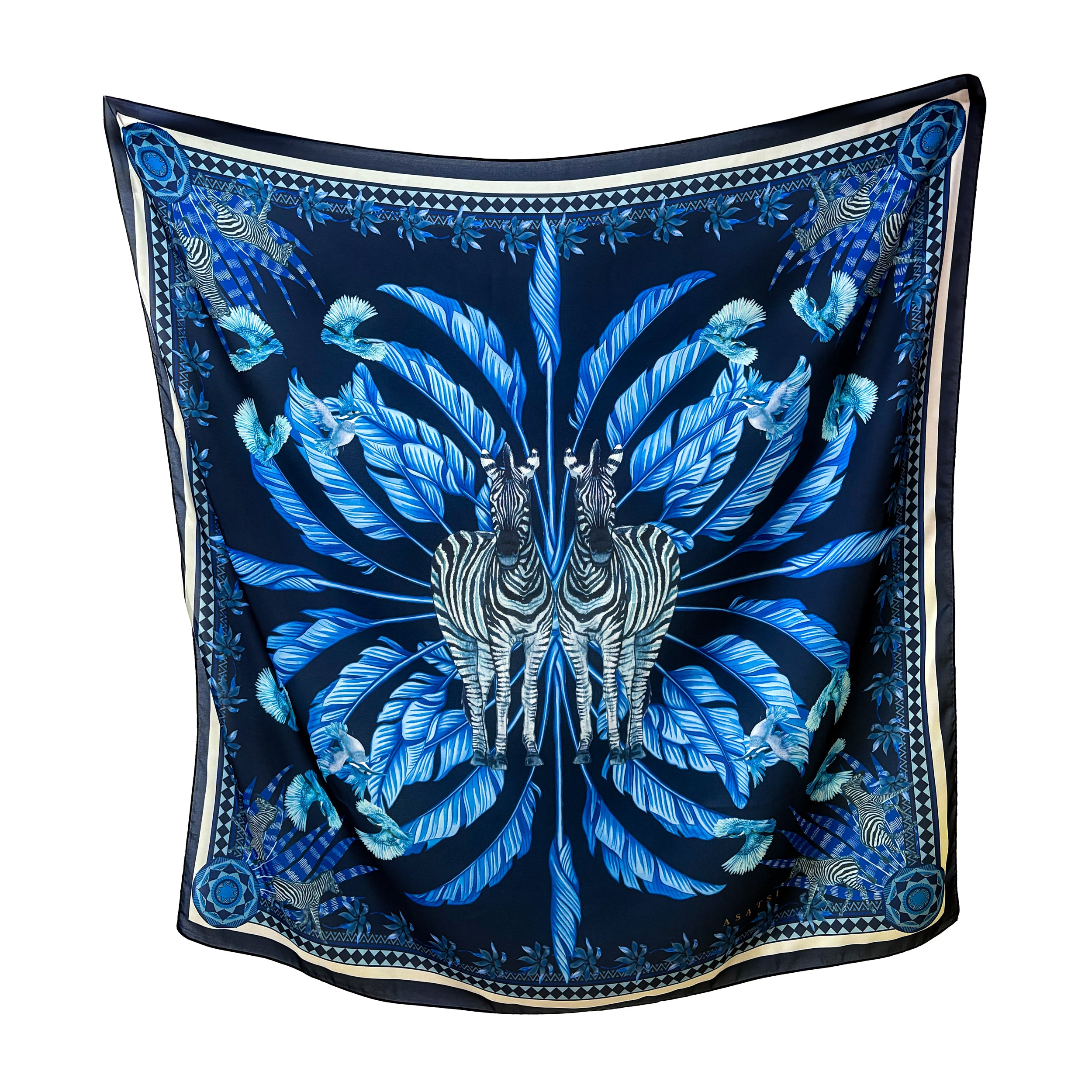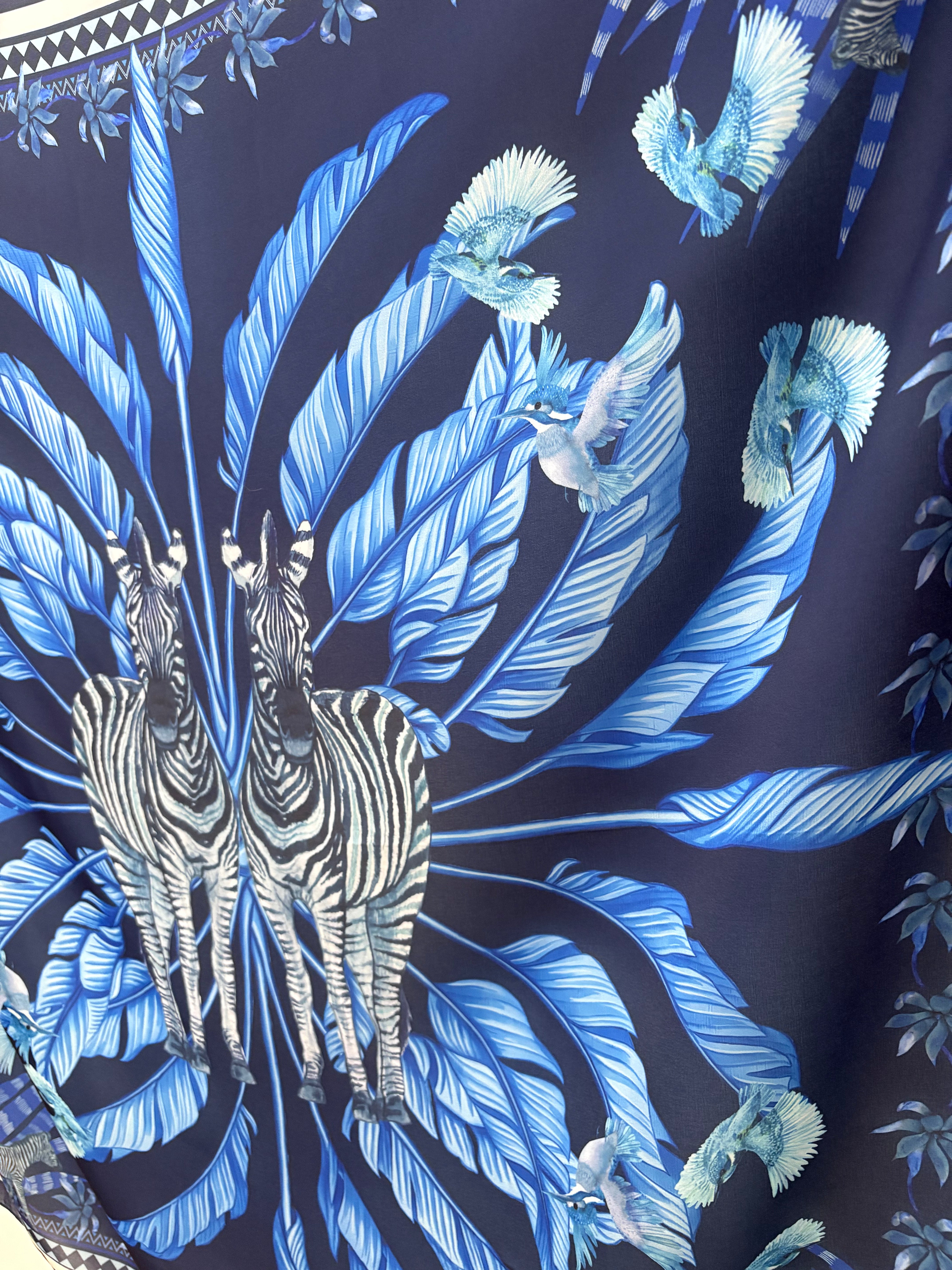The Dana Scarf
Couldn't load pickup availability
The Zebras of the Okavango
(A Folktale of Stripes and Stars)
Long ago, when the Okavango Delta was still young and the rivers had just begun to dream their winding paths, there lived a great herd of zebras unlike any other. Their stripes were not just black and white, but shimmered with the faintest hues of blue and gold, like reflections of the sky and sun on rippling water.
These were The Zebras of the Okavango, and the elders said they had been painted by the spirits of the clouds, marked so they could never lose their way — not through flood, fire, or time.
Unlike other animals who roamed alone or in small groups, these zebras always moved together. Hundreds, sometimes thousands, galloped as one — from the southern drylands to the northern waters — in a journey that matched the breathing of the earth itself. The people of the delta called them "Ditshila tsa Lefatshe" — Stripes of the Earth — because when they ran across the land, it looked like the soil itself had come to life.
But one season, something strange happened. A young zebra named Moana, whose stripes were the brightest in the herd, began to question why they always followed the same path year after year.
“Why do we always run where we’ve run before?” she asked her mother.
“Because the path remembers us,” her mother replied. “And the land knows our hooves.”
But Moana was not satisfied. She had heard the call of distant birds, smelled winds from places no zebra had ever gone. One night, under a sky full of stars, she wandered away from the herd, following the sound of something she couldn't name — a song carried on the wind.
She walked through strange forests, climbed rocky hills, and crossed dry salt pans where the moon seemed to rise out of the ground. She met other animals — curious meerkats, dancing wild dogs, and an old elephant who told her, “The path you walk is not wrong. But be sure you know how to return.”
Back in the delta, the herd began to feel her absence. The grass didn’t taste the same. The rhythm of their migration was broken. The elders grew worried — not because they feared for Moana, but because the stars above began to shift ever so slightly, as if her absence had nudged the sky itself.
Finally, one morning as the mist rose off the water, Moana returned. Her hooves were cracked, her body thin — but her eyes sparkled with stories. She bowed her head before the elders and said, “There is more land than we know. And yet, none of it sings like home.”
The eldest zebra stepped forward — his stripes faded and blurred by age — and said, “You left, but you returned. Now you carry both the path and the stars. You will lead us.”
From that day on, Moana led the zebras on a new path — still following the water, still respecting the seasons — but with a deeper wisdom. She taught them to read the winds, to notice the small things: how the frogs sang before the rains, how the acacia leaves curled before a storm.
It is said that the zebra’s stripes shimmered more brightly after that, and some say that if you watch them cross the delta today, their hooves still follow Moana’s song — not just of where to go, but why to go.
And when children ask the elders why zebras move the way they do, the old ones smile and say, “Because the stars once wandered through the legs of a zebra, and they’ve been guiding her people ever since."




